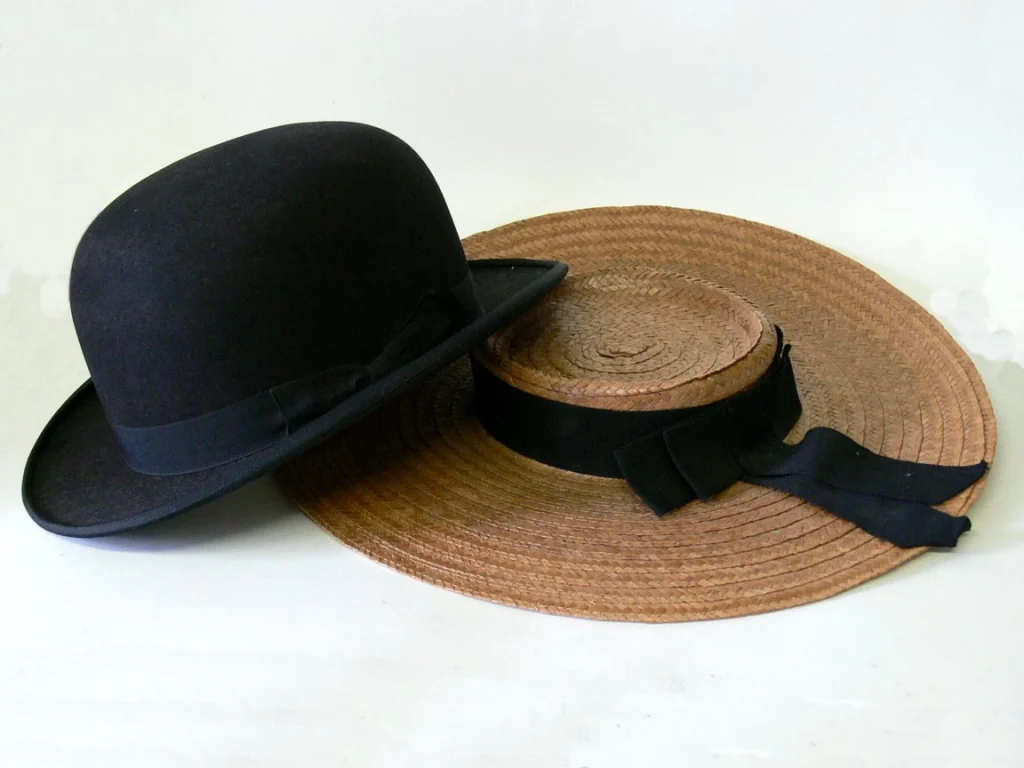Curated by Katherine van der Veen
Why do we wear the clothes we do? How are our choices affected by the time of day, weather, or what we are doing? Does our social status affect how we dress?
These questions have many answers. By examining and comparing fashions of the early twentieth century with those of the latter half (until the end of the 1960s), changes in fashionable dress can be seen in relation to many factors: The development of different socio-cultural values, the evolving roles of men and women in society, increasing access to new technologies for manufacturing and communication, and the effects of war on culture.
The artifacts on display were selected from the Touchstones Nelson permanent collection to highlight changes that have occurred in fashion during an approximately 60 year time period. This dynamic era spanned two world wars, a time of economic depression, and a socio-cultural shift in the development and consumption of media technology. A diverse collection of women, men, and children’s clothing is featured, as are accessories and print media.
Before the 1960s, there were unwritten (but widely acknowledged) rules as to what clothing could be worn by individuals according to their gender, social status, and activity that they were taking part in. Since then, though, there has been a major shift towards personal choice and expression of individuality. No longer does one need to worry about wearing jeans at night, black to a wedding, or sneakers to a funeral. Traditional social customs of dress have dissolved in place of choice, the “need for personal expression”, and ability to consume. Fashion trends and norms of the past affect our present consumption habits and the way that fashion evolves. Night is day, and day is night- one can wear what they want, when they want with little to no repercussions.
“For centuries there were as many clothing items as there were social classes. Every social condition had its garments and there was no embarrassment in making an outfit into a veritable sign, since the gap between classes itself was considered to be natural… To change one’s clothes was to change both one’s being and one’s social class, since they were part and parcel of the same thing.”
Roland Barthes (2006). The Language of Fashion: Berg: New York; p. 65



